The panel discussion on ‘Embarking into 2020’ at MOBEXX 2019 highlighted the importance of behavioural patterns of users on different platforms and how to tackle them by understanding the reason behind why they use that platform. The panel also spoke about tapping into the Tier 2 and Tier 3 markets and how Voice is an important factor in doing this. The panel ended with a discussion on how OTT is eating away the advertising business of social media platforms.
Shubho Sengupta, Digital Marketer, moderated the panel discussion, while the panellists included:
Karan Taurani, VP - Research Analyst (Media & Consumer Discretionary), Elara Capital
Nirmal Pulickal, Head of India, Facebook Creative Shop
Niraj Ruparel, National Head – Mobile, Mindshare India
Pankaj Madaan, DGM – Marketing, Transsion India
Richa Khera, Digital Marketing & CRM Lead, KFC India
Vani Gupta Dandia, Independent Business Consultant, CherryPeachPlum Growth Partners
Keeping in mind the journey of mobile in the last 10-12 years, from feature phones to smartphones, and the phenomenon of Jio, Shubho Sengupta asked Vani Gupta Dandia about the consumer journey of mobile users during this time.
Dandia noted that while mobile has been an integral part of our lives, as advertisers, we still need to figure out the maximum potential of this platform. There are several ways to advertise – right from SMS, in-app ads to push notifications and click to call ads. It is still very difficult to understand which kind of ad will fit with what kind of objective and business goals. How these aspects tie up to brand objective is something that marketers are still finding difficult to understand.
She further said, “It is very important to understand who the consumer is and how the consumer is consuming content at different locations at different times. It is important to understand consumer profiles and why they are on a particular platform. For instance, the reason why people are on Instagram is completely different from the reasons why people use LinkedIn.”
While mobile technology is creating various tools and metrics to measure the reach or engagement of a campaign, Dandia feels it is also creating a negative noise and mistrust as to brands still don’t know how much of their money is being wasted.
While explaining about the differences between online and offline audiences, Pankaj Madan said that the online audience is completely independent as they use the net to research and discover products to help with their decision making. The offline audience is very different as they depend on the recommendations and inputs of their friends or family members to help them with their decision making. This is why the offline market will continue to exist.
When asked to share how a brand like KFC is using mobile to tap into Tier 2 and 3 markets, Rich Khera noted that people in the Tier 2 and 3 markets are still very aspirational and attracted to brands. She further said that in the metros, everything is convenience driven as deliveries accelerate, but in Tier 2 and Tier 3 towns, people still want to travel to go to the store as it is still an occasion there.
“We at KFC launch more campaigns on digital rather than TV and we’ve transitioned that way from a traditional brand. We even proceed with product launches on digital now,” Khera informed, adding that reach is one of the basic pillars for KFC on digital platforms.
While sharing his thoughts on voice and conversational commerce, Niraj Ruparel talked about a landscape of not only smartphone audiences, but also feature phones audiences. He noted, “India is the No. 1 country when it comes to feature phones, with 450 million users. India has half of the world’s population when it comes to feature phones. These users are basically dependent on voice, as less than 10 per cent of these users use the Internet.”
Here, he talked about how they created a platform where rural audiences could learn English by dialling a number and following the voice command, which ranked their efforts as well. “It is very important to use Voice to target the feature phone audiences,” he affirmed.
Ruparel further noted, “India is still in a very nascent stage when it comes to conversational commerce. Millennials are cued into Voice devices today. Alexa leads those numbers with 6.6 million shipments in Q2. Brands today use Voice as a USP to drive the penetration of their product. Voice commerce is still very nascent in India, but will definitely grow, with speed being the key factor to drive this commerce.”
Talking about the feature of “Stories” on platforms like Facebook and Instagram, Sengupta asked Nirmal Pulickal as to how new age content creators are working in such an ecosystem and also how Thumbstopper had been working.
Elaborating on Thumbstopper, Pulickal said that it is an initiative by Facebook to drive short form content on the platform. “Mobile isn’t just a hardware device, but a behaviour,” he noted, while adding that the average attention span has dropped to 0.25 seconds from 8 seconds 10 years ago. People have learnt to process information faster. The way people communicate is very different today. Talking about the initiative, Pulickal further said, “Thumbstopper is based on two aspects – one is working on dialogue and skilling with agencies, where they share simple ideas like vertical formats, getting to point earlier and short form videos with the agencies. The second aspect is the competition. Scripts were sent in from various agencies and the 20 best scripts were produced.”
Here, Karan Taurani made an interesting point when he said, “OTT is gaining traction in mobile advertising at the cost of social media.” When asked by Sengupta to justify this statement, Taurani pointed out that digital advertising today is growing by 30 per cent, and within that mobile advertising is growing by almost 40 per cent. In the last few years, social media platforms had about 75-80 per cent of the total share in the digital advertising pie. “The launch of OTT platforms has been eating away the advertising bucks from social media platforms as their market share has dropped to 60-65 per cent now,” Taurani maintained. He further said that the OTT space will further fragment and tap into deeper markets, which will create more advertising opportunities as most of these platforms are based on the freemium model.


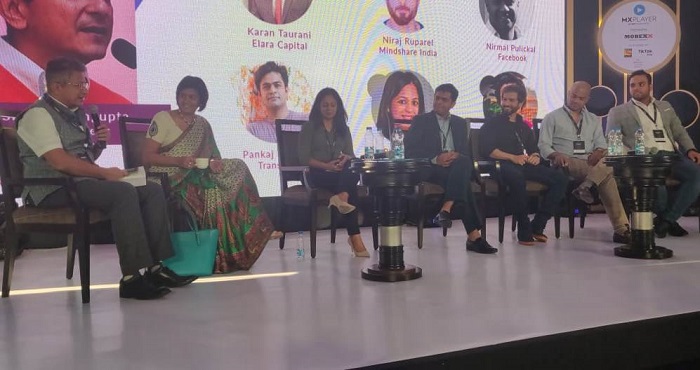


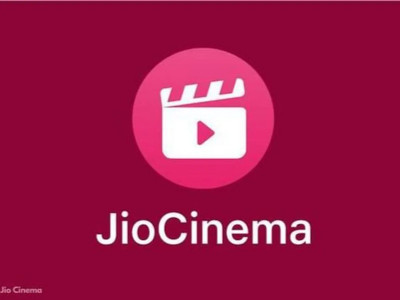
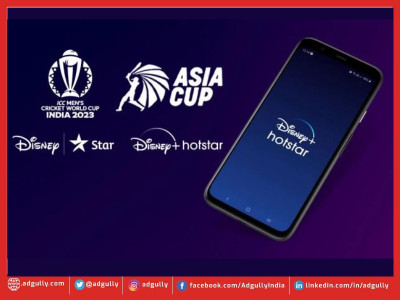

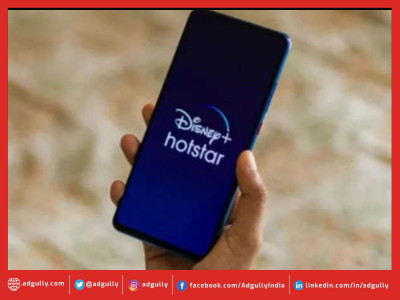
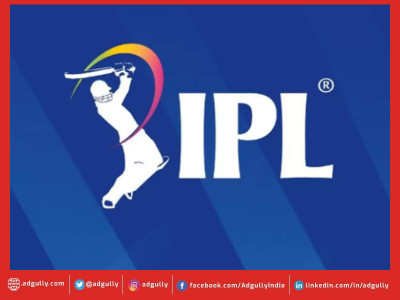
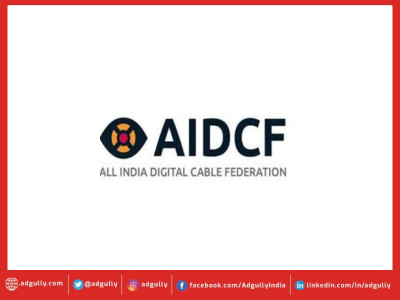



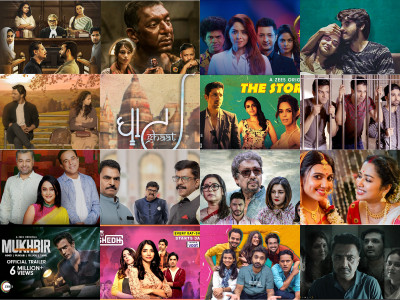

Share
Facebook
YouTube
Tweet
Twitter
LinkedIn